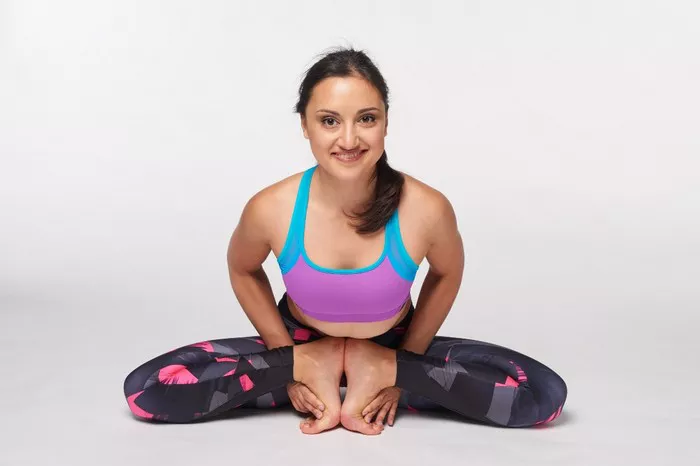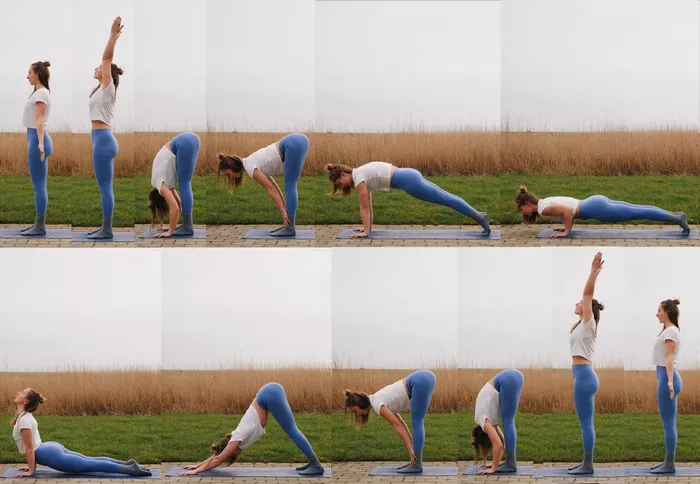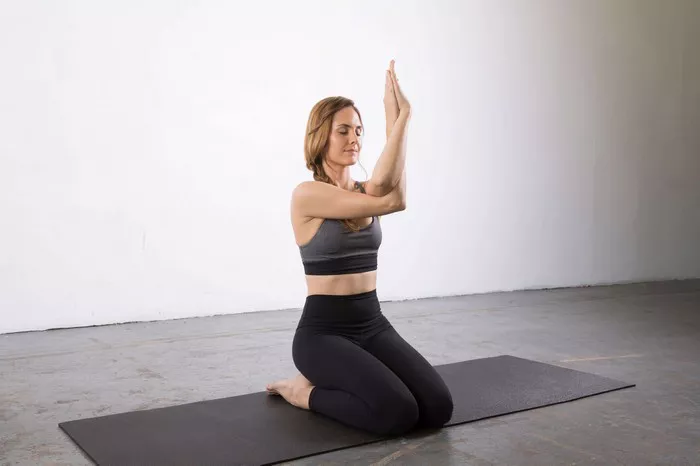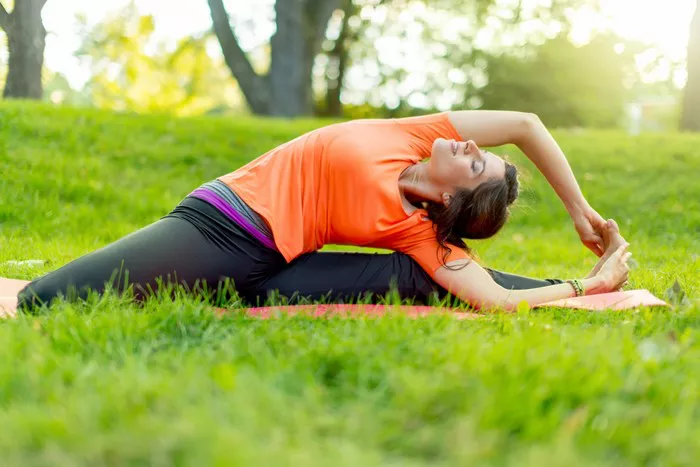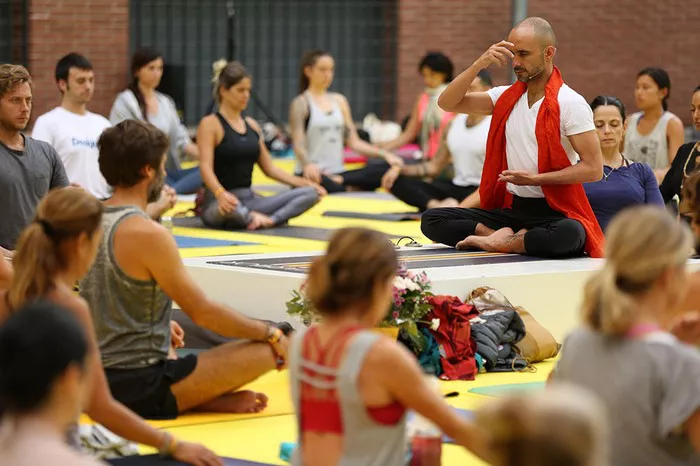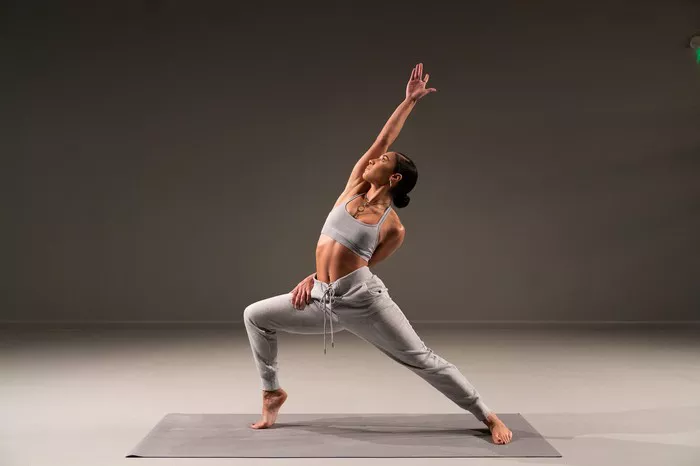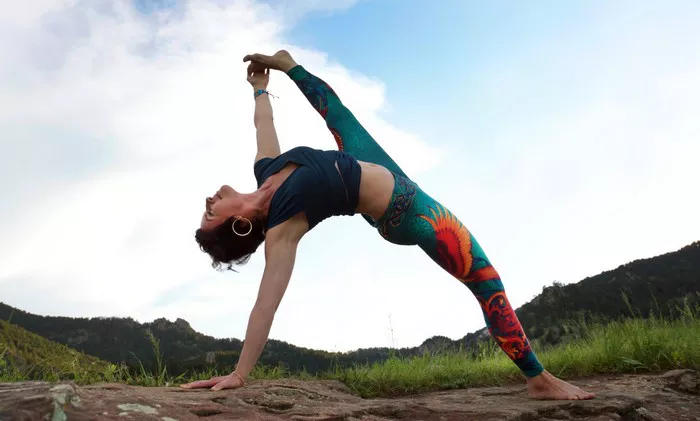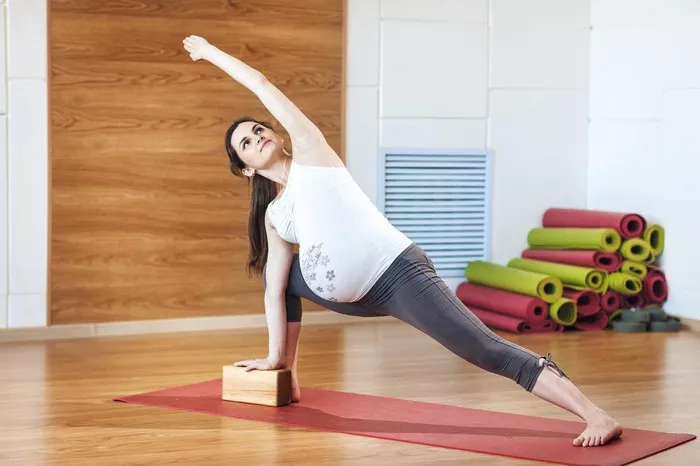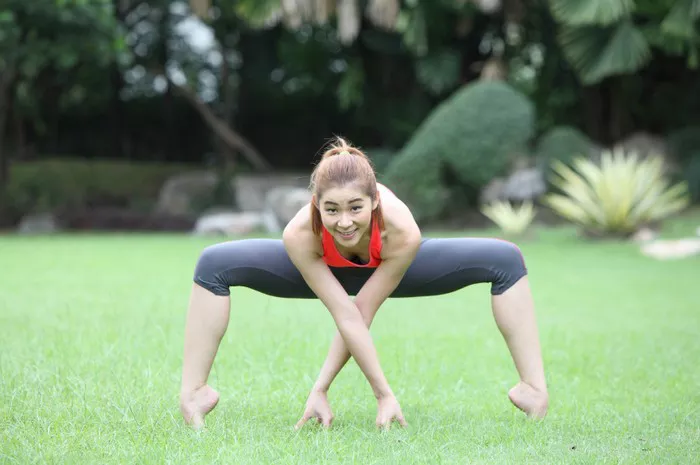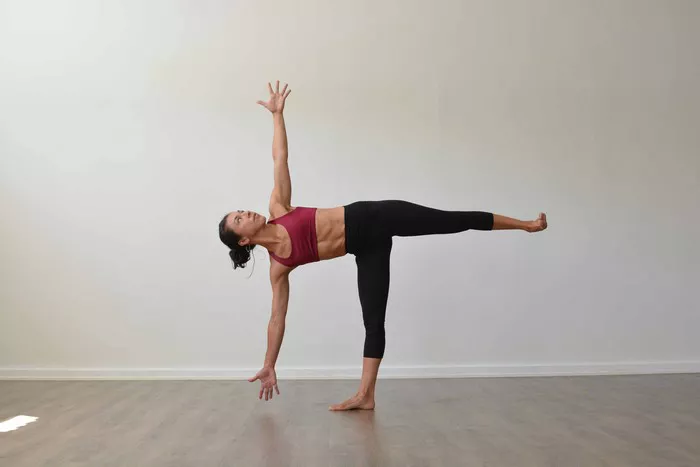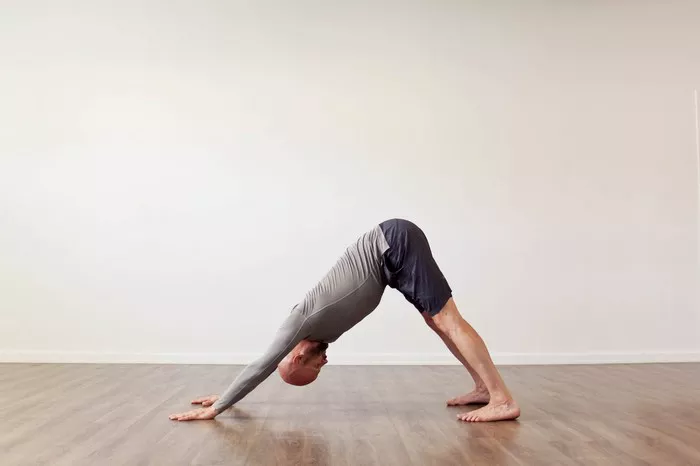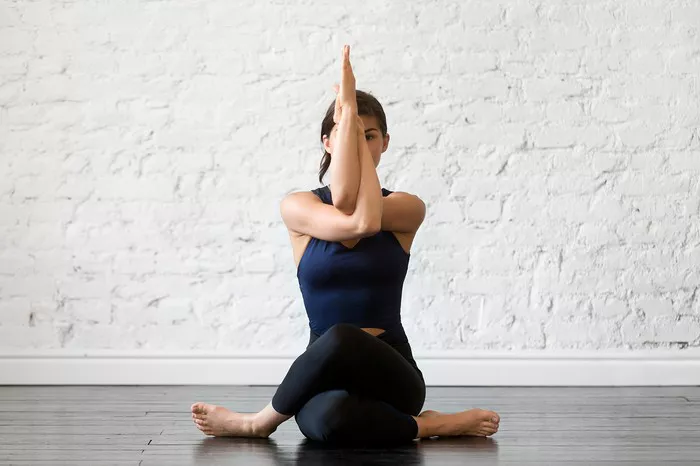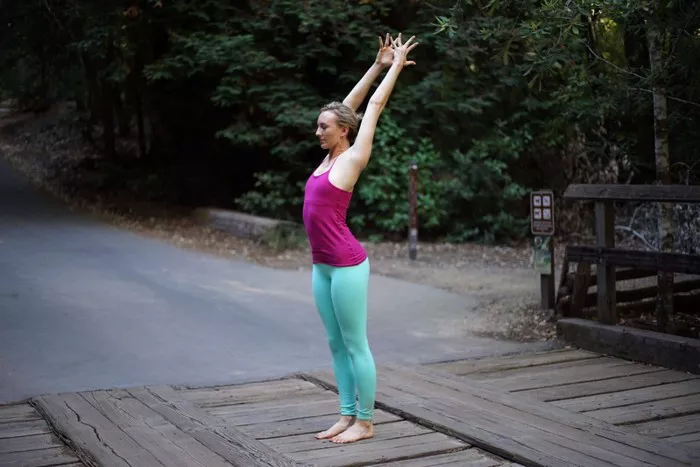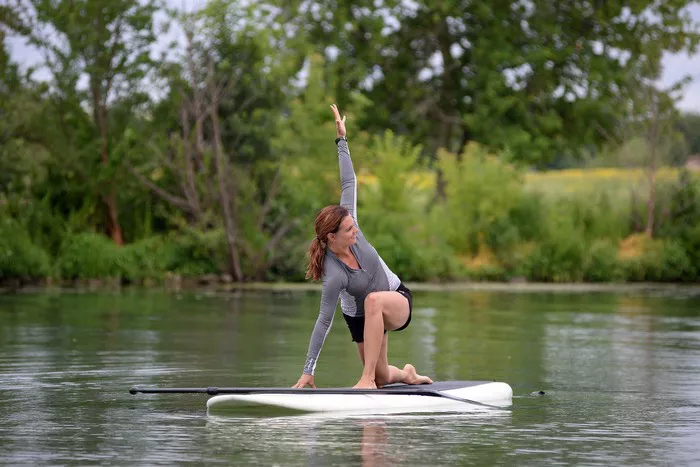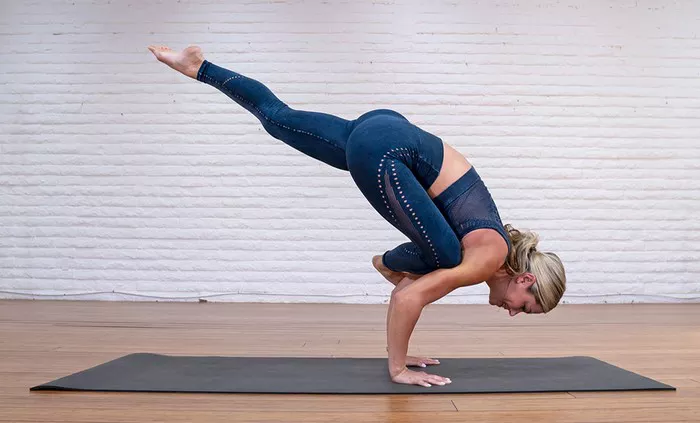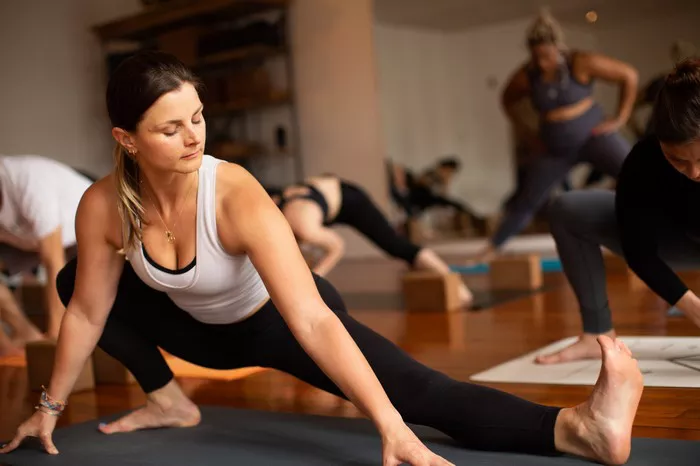Iyengar Yoga, a form of Hatha Yoga developed by B.K.S. Iyengar, is renowned for its precision, alignment, and use of props. One of its most distinct features is the use of yoga ropes, often fixed to walls, to enhance postural alignment, support the body in inversions, and deepen stretches. These ropes open up a new dimension in yoga practice, making challenging poses more accessible and safe. In this article, we explore seven key benefits of Iyengar Yoga ropes and why they are an essential tool for both beginners and advanced practitioners.
1. Enhanced Postural Alignment
Proper alignment is the cornerstone of Iyengar Yoga, and ropes play a significant role in achieving it. When used correctly, ropes help practitioners understand the ideal posture by providing tactile feedback and allowing for a longer hold. This promotes awareness of misalignments and encourages correction.
- Ropes assist in spinal elongation, especially in standing poses.
- They help maintain symmetry in asymmetrical postures.
- Using ropes reduces the risk of overcompensation by stronger muscle groups.
For example, in Trikonasana (Triangle Pose), a rope can guide the hips and shoulders into proper alignment, making it easier to engage the correct muscles and avoid common mistakes.
2. Increased Stability and Support
One of the most practical benefits of yoga ropes is the added stability they provide. This makes them especially valuable for beginners or those recovering from injuries. The ropes offer a secure anchor point, giving the practitioner the confidence to explore new movements without the fear of falling or straining.
- Ropes help in maintaining balance during complex asanas.
- They allow deeper exploration of poses by providing physical support.
- Useful in holding poses for longer durations with reduced muscular fatigue.
In poses such as Ardha Chandrasana (Half Moon Pose), where balance is key, the rope acts as a stabilizing element, freeing the mind from worry and allowing for better focus.
3. Deeper Stretching and Muscle Engagement
The gentle traction provided by Iyengar Yoga ropes allows muscles to stretch more deeply and safely. Because the ropes support the body weight, practitioners can maintain poses for longer, which naturally leads to improved flexibility and range of motion.
- Rope-assisted backbends can open up the chest and shoulders effectively.
- The hamstrings and hips benefit significantly from supported forward bends.
- Ropes help isolate specific muscle groups, leading to targeted engagement.
For example, in Supta Padangusthasana (Reclining Hand-to-Big-Toe Pose), using a rope offers deeper access to the hamstrings without straining the lower back.
4. Safer Inversions
Inversions like Sirsasana (Headstand) or Sarvangasana (Shoulder Stand) can be intimidating and physically demanding. Yoga ropes offer a secure method for entering and maintaining these poses without putting undue pressure on the neck, spine, or joints.
- Ropes distribute body weight evenly, reducing compression on the cervical spine.
- They allow practitioners to stay in inversions longer, enhancing the benefits.
- Ideal for those new to inversions or with limited upper body strength.
Using ropes for inversions also improves circulation and stimulates the lymphatic system in a controlled and supported way, contributing to overall health.
5. Therapeutic Applications
Iyengar Yoga is widely used in therapeutic settings, and ropes are integral to this approach. They enable customized adjustments and modifications for individuals with specific physical or medical conditions.
- Beneficial for spinal conditions like scoliosis or herniated discs.
- Support recovery from surgeries or musculoskeletal injuries.
- Can alleviate chronic pain, stiffness, and postural imbalances.
For instance, gentle rope-supported spinal traction can relieve lower back tension and improve posture over time. Therapists often use this method in clinical yoga practices to aid in rehabilitation.
6. Builds Strength and Endurance
While ropes are often associated with support, they also challenge the body, particularly when used to resist or suspend body weight. This makes them excellent tools for building muscular strength and improving stamina.
- Suspension poses activate core muscles and stabilize the pelvis.
- Holding rope-assisted poses builds isometric strength.
- Encourages muscular endurance through prolonged posture maintenance.
A classic example is the rope Sirsasana, where the practitioner holds a headstand with rope support. The pose demands significant engagement from the shoulders, arms, and core, enhancing total-body strength over time.
7. Increased Mind-Body Awareness
Perhaps one of the most subtle but profound benefits of using Iyengar Yoga ropes is the enhancement of mindfulness. The ropes slow down the practice, encouraging deeper introspection and concentration.
- Promotes breath awareness and pranic flow.
- Enhances proprioception and kinesthetic intelligence.
- Fosters patience and mental clarity through longer holds.
As practitioners learn to move deliberately and align correctly, they cultivate a deeper connection with their bodies and breath. This mindful approach not only enhances the physical benefits but also supports mental well-being.
Integrating Ropes into Your Practice
Whether you’re a seasoned yogi or new to the mat, integrating ropes into your practice can offer a unique and transformative experience. Here are some tips for getting started:
- Find a certified Iyengar teacher – Guidance from a trained professional ensures safety and effectiveness.
- Start slow – Begin with basic poses and gradually explore more complex variations.
- Listen to your body – Use the ropes to support, not force, your movement.
- Invest in quality equipment – If practicing at home, ensure your ropes and wall setup are secure.
- Stay consistent – Regular practice yields the best results in flexibility, strength, and alignment.
Conclusion
Iyengar Yoga ropes offer a multifaceted approach to enhancing yoga practice, blending support with challenge and accessibility with depth. From improved alignment and deeper stretching to therapeutic applications and increased strength, the benefits are extensive. More than just a prop, the rope becomes a teacher, guiding practitioners toward greater awareness, precision, and transformation. If you’re looking to deepen your yoga journey, incorporating ropes might just be the next step worth exploring.
Related Topics:

